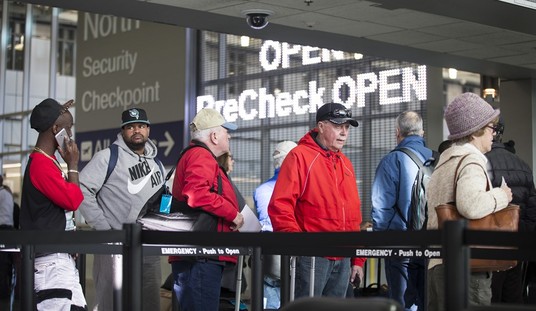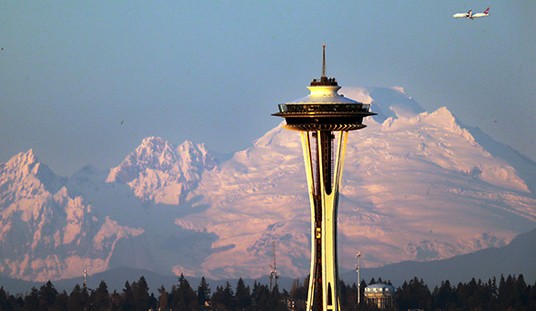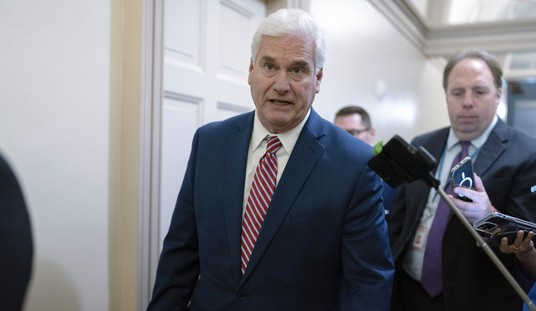Thursday: Confusion was the order of the day. On Wednesday, the first new shallow-water well drilling permit was issued, to the consternation of the environmental community:
“I’m outraged,” said Kieran Suckling, executive director for the Tucson, Ariz.-based Center for Biological Diversity. “How is it that shallow water drilling suddenly became safe again?”
Never mind that shallow water drilling has no demonstrated problems. Since the Deepwater Horizon, anything offshore feels unsafe…
Thursday morning, the MMS Regional Office in New Orleans announced a total ban on all new drilling permits. Thursday afternoon, that ban was contradicted by MMS Headquarters in Washington (story here).
On Wednesday, Governor Bobby Jindal sent a letter to President Obama detailing the expected impact of the deepwater drilling moratorium on Louisiana’s economy.
The Louisiana MidContinent Oil and Gas Association (LMOGA, the trade association of the state’s largest producers) provided more detail on the projected loss of economic activity:
Each drilling rig averages 90 to 140 employees at any one time (2 shifts per day), and 180 to 280 for 2 2-week shifts. Each job supports 4 other positions.
Therefore, 800 to 1400 jobs per idle rig are at risk. Wages for those jobs average $1,804/weekly; potential for lost wages is huge, over $5 to $10 million for 1 month – per platform. Wages lost could be over $165 to $330 million/month for all 33 platforms.
The rationale behind the deepwater moratorium is confusing. It encompasses drilling in water depths greater than 500 feet, although that depth has never been considered the line between “deep” and “shallow” before.
Most, but not all, of the wells in water over 500 feet deep employ subsea blowout preventers, similar in concept to the one that failed on the Deepwater Horizon. “Subsea” means the wellhead rests on the seafloor, as opposed to a “dry” or conventional wellhead on a platform, commonly used on virtually all shallow water wells.
Nonsensically, the moratorium applies to platform wells, if the platform happens to be in water deeper than 500 feet. With the wellhead high and dry, not on the seabed, the water depth makes little difference.
With deepwater rig rates running in the neighborhood of $500,000 per day, permit termination is a considerable concern to both the operator and for the rig owner, the drilling contractor. Some drilling contracts reportedly have Force Majeure provisions that keep the operator on the hook for a substantial amount of the day rate if government action prevents performance; other contracts may allow the operator to slide. To my knowledge, this is the first time that Force Majeure has come into play due to regulatory action.
In either case, operators will be trying to keep the rigs in the Gulf by any means possible. Brazil* could reportedly put many of the rigs to work in a very short time. Once they leave, the rigs will be very difficult to return to the U.S. market.
*Yes, that’s Brazil, as in Petrobras, which is partly owned by the Brazilian government, and partly by the public (notably George Soros). Petrobras, the same company that has been promised $10 billion in loans by President Obama in support of its deepwater oil drilling program.
Cross-posted at VladEnBlog.













Join the conversation as a VIP Member